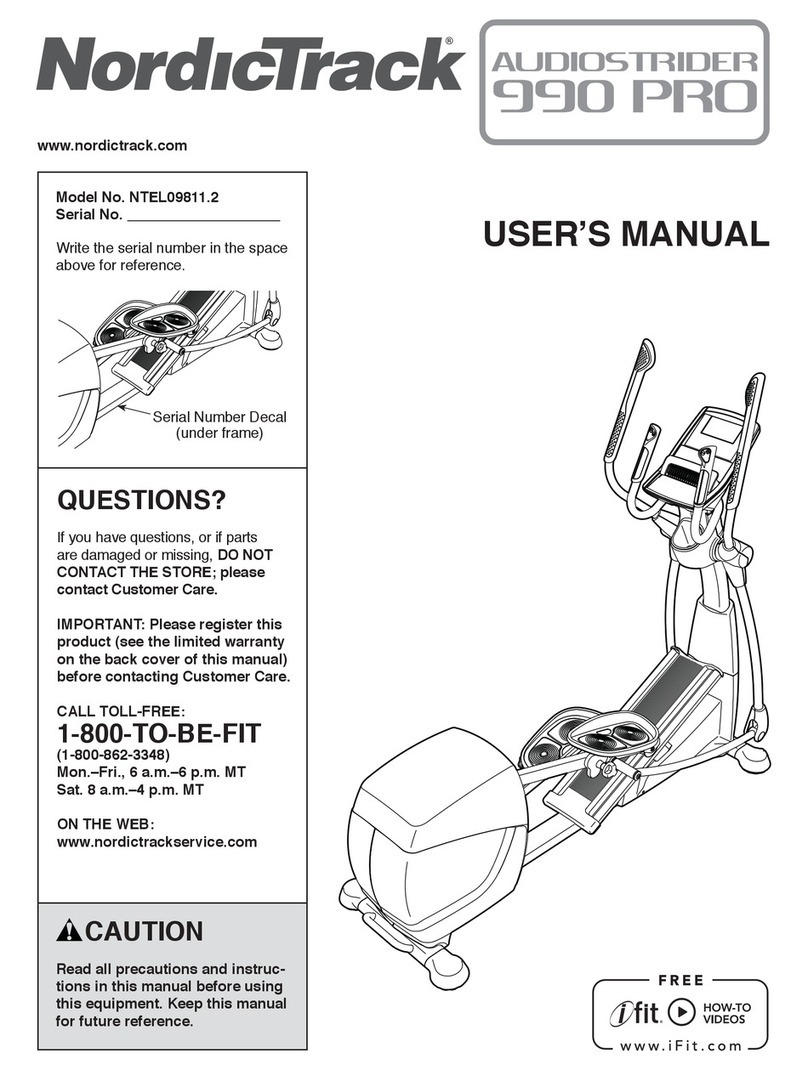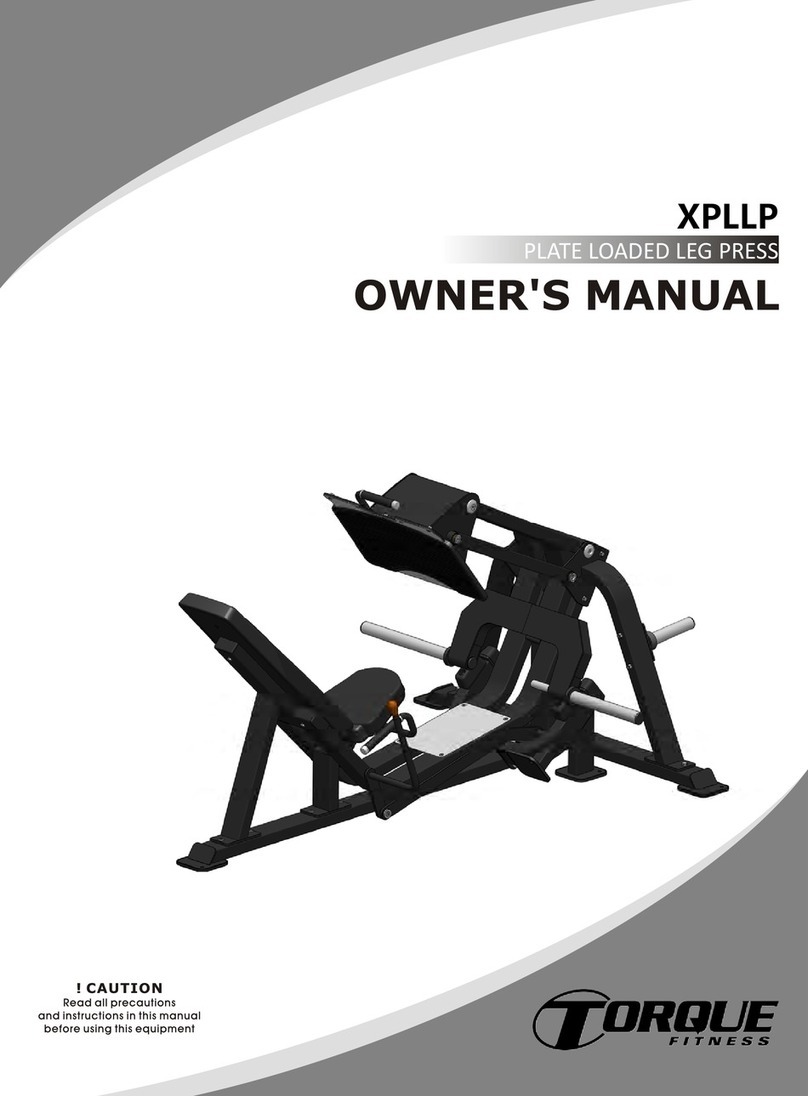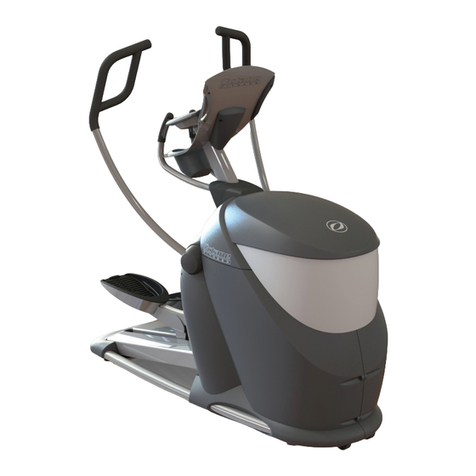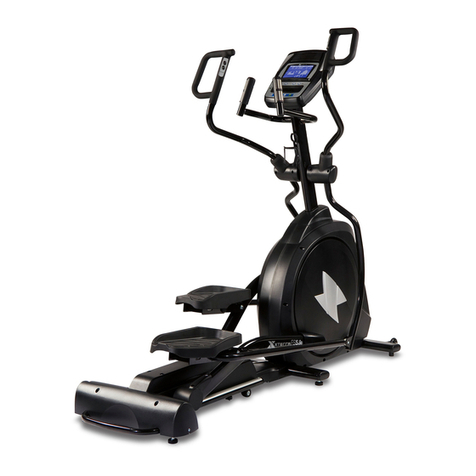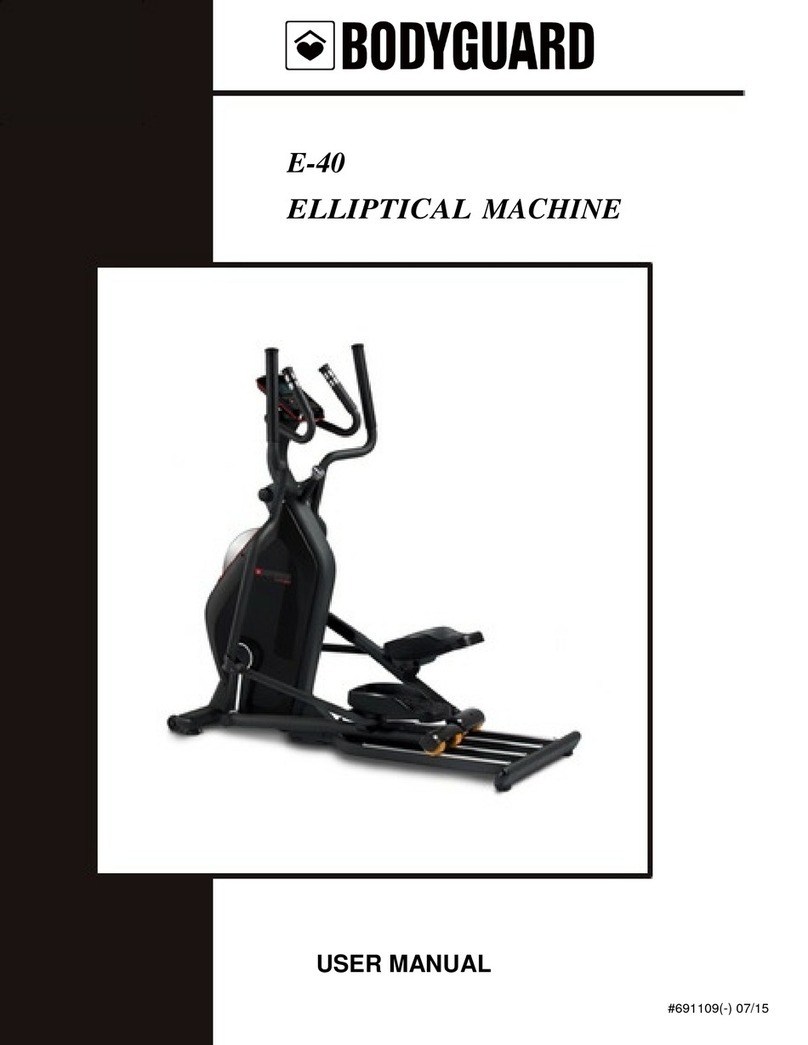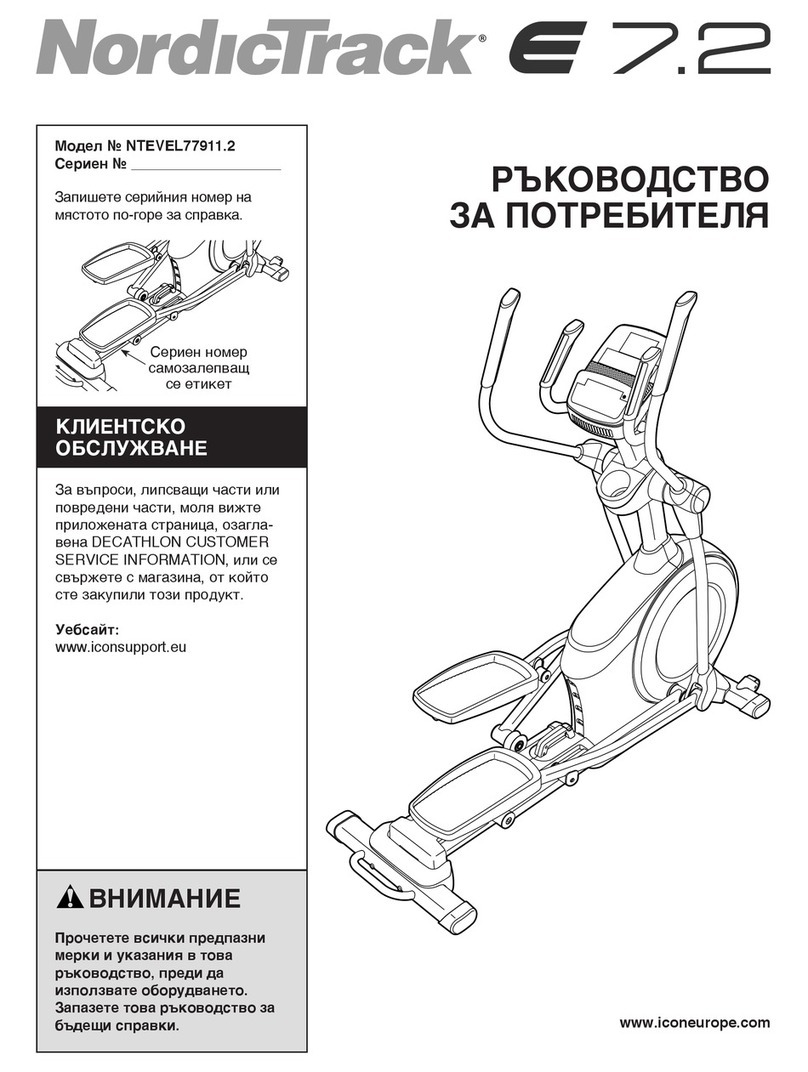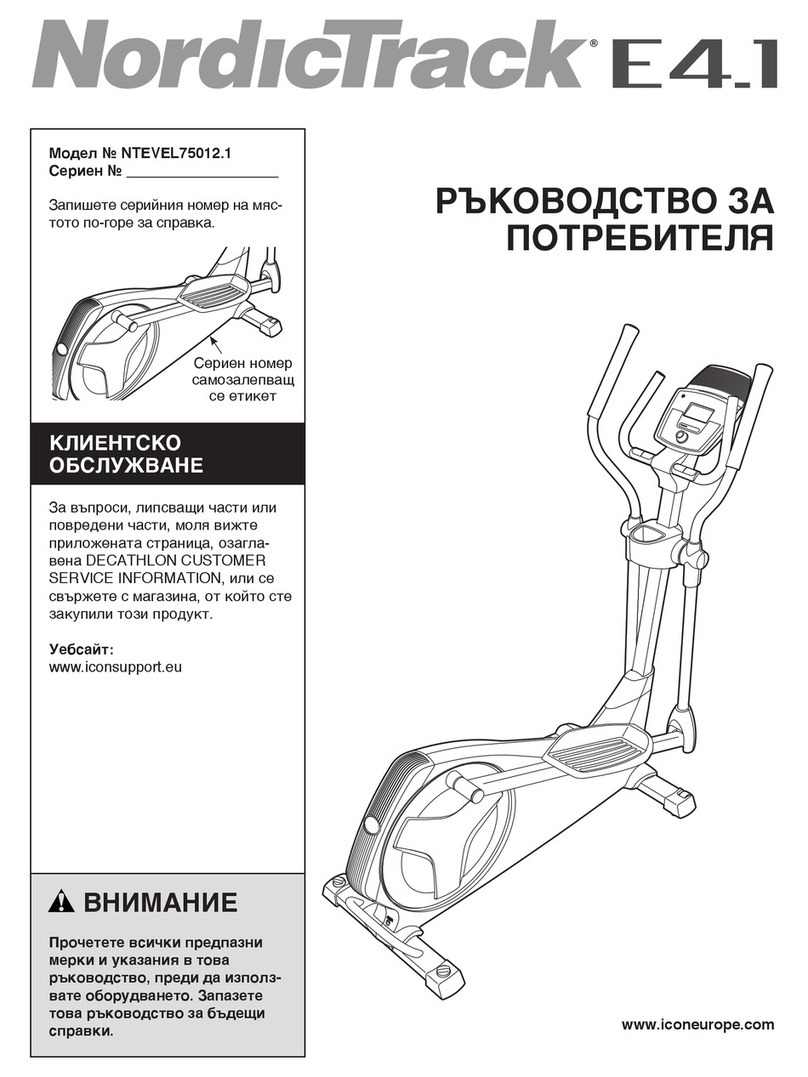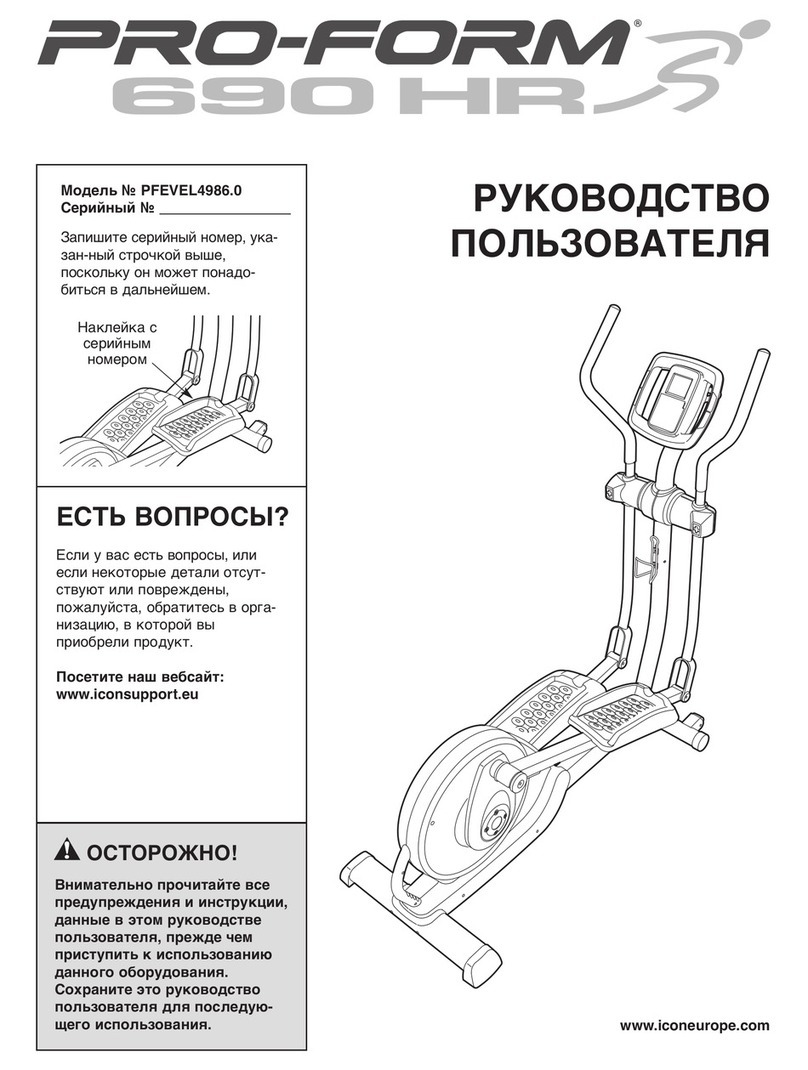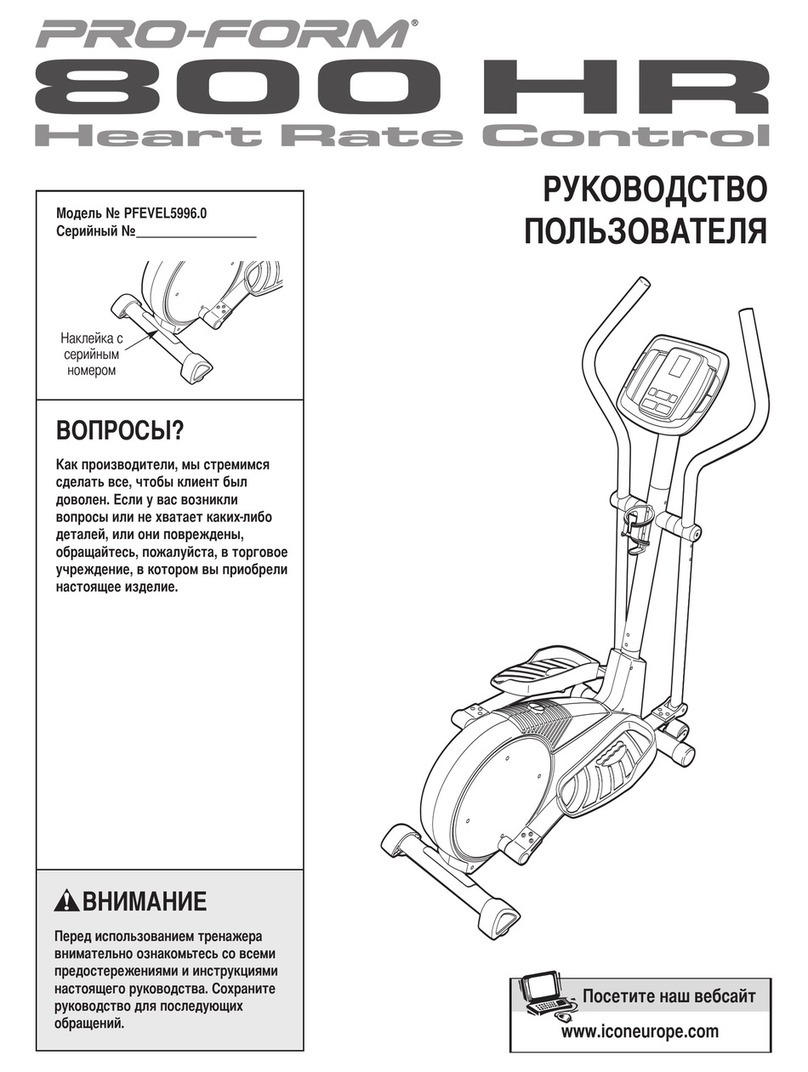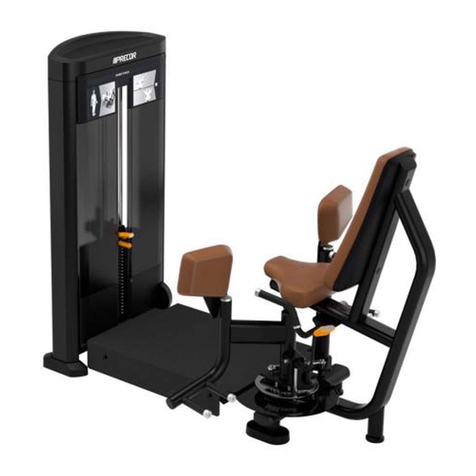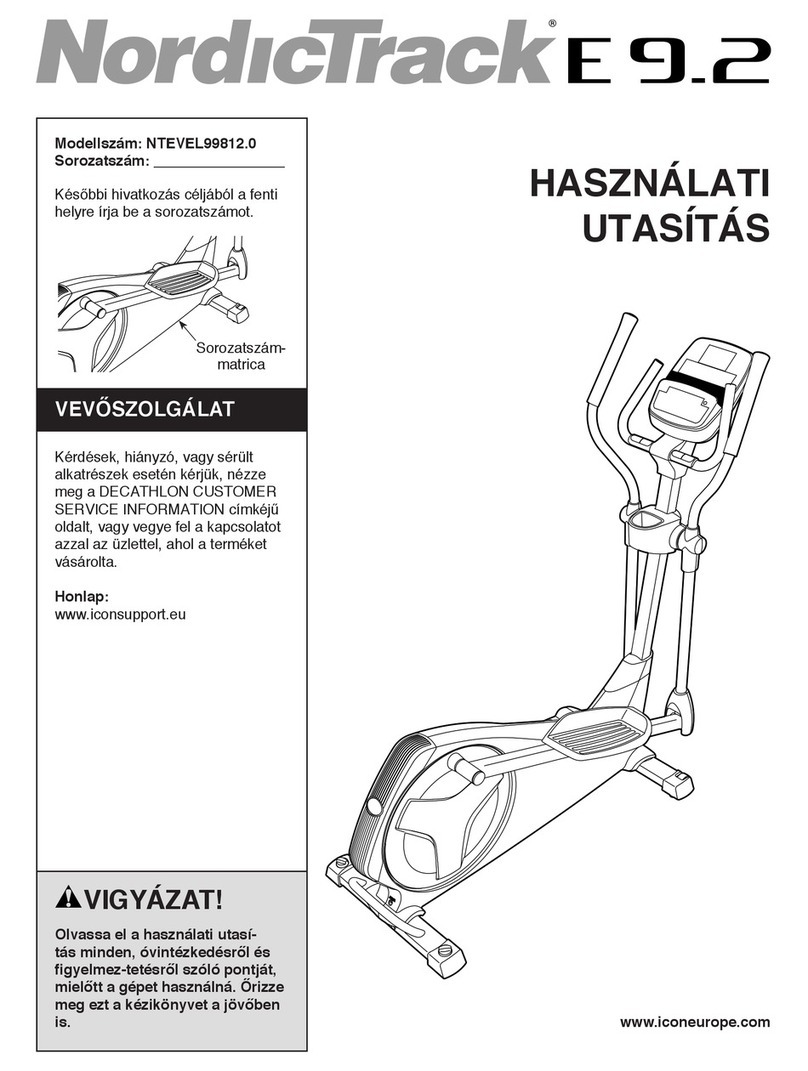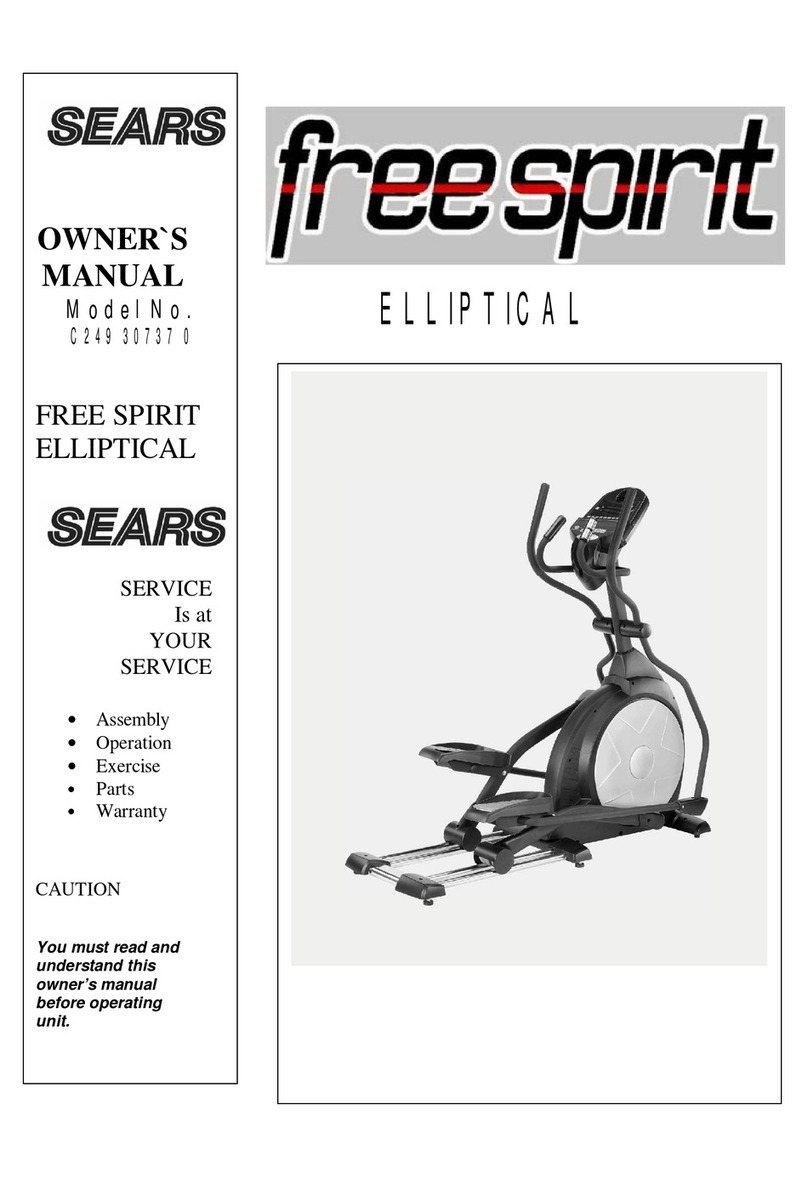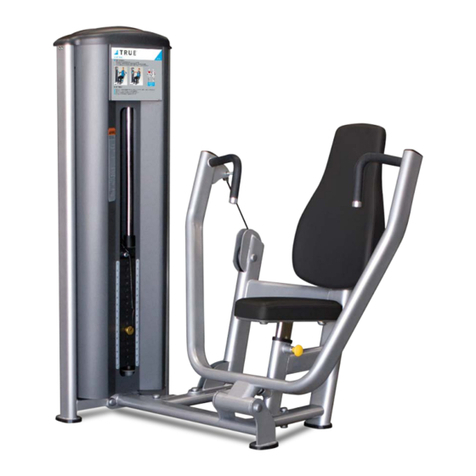
Oxford®
Journey
4
English
294000.10050 Rev. B
2. Introduction: About Your Lift
The Oxford Journey is an electrically operated patient lift. Each Journey lift is fully assembled, load
tested and certified before being packed/shipped.
The packing consists of a strong, purpose built carton to ensure the safe arrival of the lift.
A number of documents are supplied in a wallet, and packed with each lift and should be kept
safely for future reference:
• TEST CERTIFICATE
• USER MANUAL
• DEALER GUARANTEE CARD (Europe only)
• CUSTOMER SATISFACTION CARD (Europe only)
• PACKING CHECK LIST
The TEST CERTIFICATE is an important document and will be required for your insurance
records. It is valid for six months but after it has expired the lift should be inspected and serviced
as per the maintenance schedule.
Your authorised dealer can carry out servicing and periodic testing for those countries where this
is a requirement (Europe). Please ensure your lift is included in their maintenance schedule. If
you are at all unsure what your local market servicing requirements are, please check with your
dealer, a local government agency and/or Joerns Healthcare.
The CE mark: The Oxford Journey carries the CE mark and complies
with the following EC directives:
• Medical Device Directive (93/42/EEC)
• EMC Directive (89/336/EEC) (Electrics only)
• Low Voltage Directive (73/23/EEC) (Electrics only)
